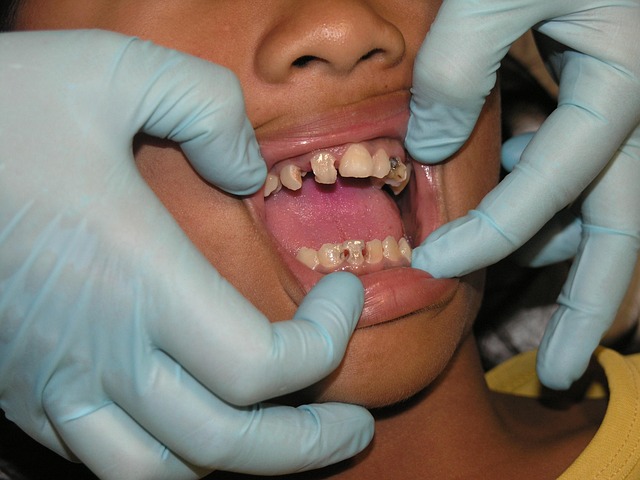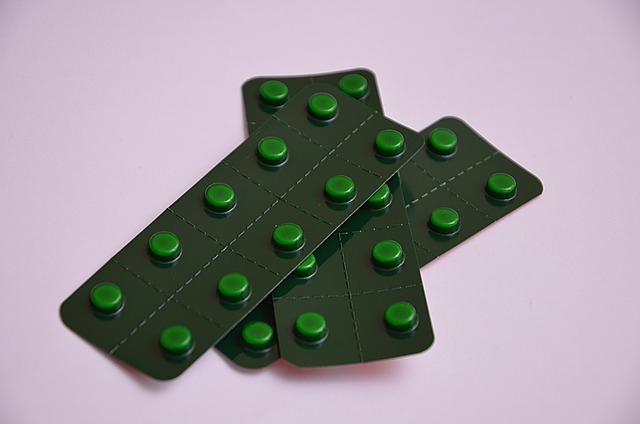First responders face high risks of post-traumatic stress disorder (PTSD) due to intense, traumatic situations. Unaddressed, PTSD can lead to chronic stress, substance abuse, and suicidal ideation. Early intervention is crucial, with therapies like cognitive behavioral therapy (CBT) and eye movement desensitization and reprocessing (EMDR) showing success in processing trauma, managing symptoms, and improving long-term recovery. Group therapy sessions offer support and shared understanding, while integrating mindfulness practices enhances healing alongside evidence-based therapies. Building resilience through peer support networks and self-care promotes successful PTSD treatment for first responders.
“PTSD therapy for first responders is a critical topic given the unique challenges these heroes face. This article explores comprehensive strategies for addressing Post-Traumatic Stress Disorder (PTSD) among those who put their lives on the line daily. We delve into understanding the specific symptoms and impact of PTSD in first responders, emphasizing the significance of early intervention. Common therapies, including group therapy sessions, are scrutinized, highlighting their benefits in shared trauma experiences. Additionally, we examine complementary practices and a holistic approach to recovery, focusing on building resilience and support systems for effective PTSD treatment.”
Understanding PTSD in First Responders: Symptoms and Impact

Many first responders, including emergency medical services personnel, firefighters, and law enforcement officers, face significant risks on the job that can lead to post-traumatic stress disorder (PTSD). This condition arises from intense or traumatic experiences, causing distressing memories, avoidance behaviors, negative changes in thinking and mood, and increased arousal. Symptoms of PTSD can include flashbacks, nightmares, severe anxiety, depression, irritability, sleep disturbances, and social withdrawal.
The impact of PTSD on first responders can be profound, affecting their mental health, relationships, and overall quality of life. Unaddressed, it may result in chronic stress, substance abuse, and even suicidal ideation. Fortunately, effective PTSD treatment is available. Therapies such as cognitive processing therapy (CPT) and eye movement desensitization and reprocessing (EMDR) have proven beneficial for first responders by helping them process traumatic memories, manage symptoms, and regain a sense of control over their lives.
The Importance of Early Intervention for Effective Treatment

Early intervention is a cornerstone in the effective treatment of PTSD for first responders. The immediate aftermath of traumatic events can significantly impact an individual’s mental health, and prompt action can prevent symptoms from escalating. Studies have shown that individuals who receive therapy within the first few months following a traumatic incident are more likely to achieve lasting recovery. Early interventions like cognitive-behavioral therapy (CBT) help first responders process their experiences, manage intrusive thoughts, and develop healthy coping mechanisms before PTSD becomes chronic.
By addressing PTSD symptoms early, therapy can enhance first responders’ overall well-being, improve their ability to perform duties effectively, and reduce the risk of long-term mental health complications. This proactive approach allows them to regain a sense of control and resilience, fostering a positive outlook on recovery. Effective treatment plans tailored to individual needs become more feasible when intervention is timely, ensuring that first responders can return to their roles with renewed strength and mental clarity.
Common Therapies Used for PTSD in First Responder Populations

In addressing Post-Traumatic Stress Disorder (PTSD) within first responder populations, several evidence-based therapies have proven effective in alleviating symptoms and aiding recovery. Cognitive Behavioral Therapy (CBT), for instance, empowers individuals to challenge negative thoughts and behaviors resulting from traumatic events. This structured approach enables first responders to develop healthier coping mechanisms while learning to manage intrusive memories and feelings of avoidance.
Eye Movement Desensitization and Reprocessing (EMDR) is another powerful tool in the PTSD treatment arsenal. EMDR facilitates the processing of traumatic memories, helping patients work through distressing recollections and associated sensations. By focusing on specific aspects of the trauma while engaging in bilateral stimulation, such as side-to-side eye movements or auditory tones, individuals can achieve a reduced emotional response over time. This therapy is renowned for its ability to offer significant relief from PTSD symptoms in a relatively short period.
Benefits of Group Therapy Sessions for Shared Trauma Experiences

Group therapy sessions have emerged as a powerful tool in the arsenal of PTSD treatment for first responders. One of the key benefits is the shared trauma experience among peers who understand the unique challenges of their profession. In these supportive environments, individuals can openly discuss their experiences, fostering a sense of camaraderie and reducing feelings of isolation. This collective approach allows them to normalize their emotions, realizing they are not alone in their struggles.
The dynamic nature of group therapy encourages active participation, where members learn from one another’s coping strategies. It provides a safe space to explore traumatic memories, process them, and gain different perspectives. Through group discussions, first responders can develop effective mechanisms to manage symptoms like flashbacks, nightmares, and hypervigilance, ultimately improving their overall well-being.
Integrating Complementary Practices: Mindfulness, EMDR, and More

First responders often return from high-stress situations with invisible wounds—post-traumatic stress disorder (PTSD). To address this, modern PTSD treatment goes beyond traditional talk therapy. Integrating complementary practices such as mindfulness and Eye Movement Desensitization and Reprocessing (EMDR) enhances therapeutic outcomes. Mindfulness techniques help individuals cultivate present-moment awareness, reducing the grip of intrusive memories. EMDR facilitates the processing of traumatic memories, helping first responders reframe distressing events and reduce avoidance behaviors.
These approaches, when combined with evidence-based therapies like cognitive behavioral therapy (CBT), offer a multifaceted approach to PTSD treatment. By embracing complementary practices, therapists can create a more holistic care plan tailored to each first responder’s unique experiences and needs, fostering resilience and promoting long-term mental health.
Building Resilience and Support Systems: A Holistic Approach to Recovery

Building resilience and support systems is a holistic approach integral to the recovery process for first responders dealing with PTSD treatment. This involves fostering a strong network of peers, family, and friends who can provide emotional backing and understanding. By creating such a system, individuals in high-stress professions can find solace and strengthen their coping mechanisms. Peer support groups, for instance, offer a safe space to share experiences and gain insights from others facing similar challenges.
A comprehensive recovery strategy also includes encouraging self-care practices. This may involve mindfulness techniques, regular exercise, or creative outlets that promote relaxation and stress reduction. By integrating these activities into their routines, first responders can enhance their mental fortitude and better manage the symptoms of PTSD treatment. Ultimately, this holistic approach aims to empower individuals to navigate their traumatic experiences with increased resilience and a sense of community support.
